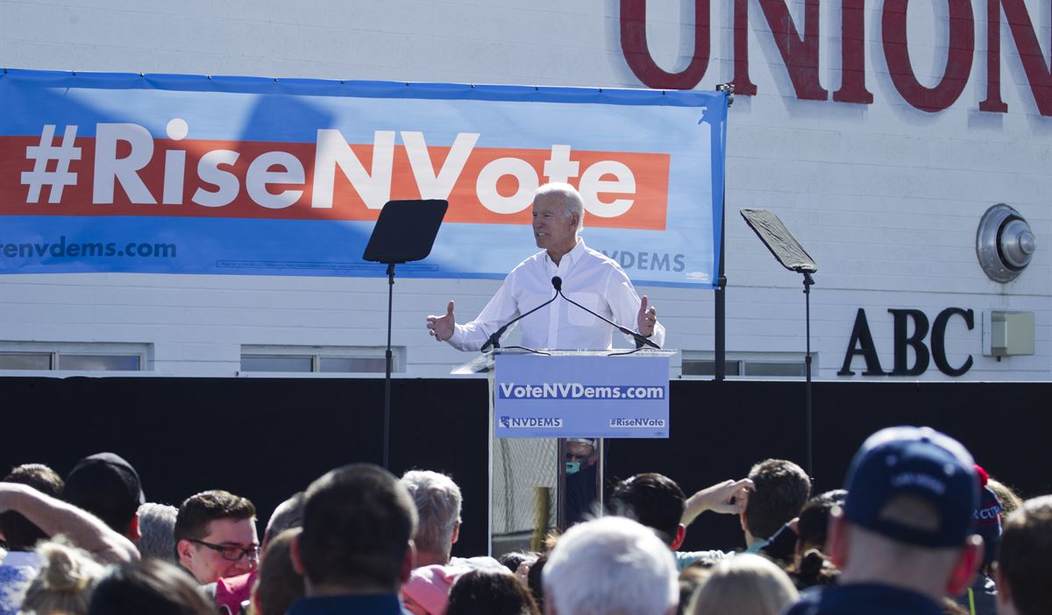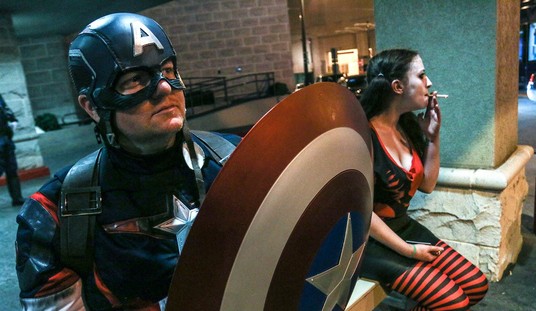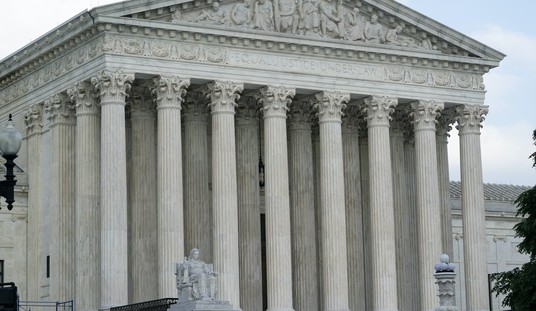I beg your indulgence again in allowing me to cogitate over the work of blogger Jon Ralston and his analysis of Nevada ballot return figures posted every day for the past two weeks by the Nevada Secretary of State.
As I’ve said in two previous articles, here and here, Ralston has an impressive record of calling the outcome of Nevada statewide races because there are certain historical trends with how the Nevada vote comes in which provide a decent basis to forecast the outcome of such races.
Nevada has three distinct voting populations that have well-defined voting tendencies.
Clark County/Las Vegas holds just a bit less than 70% of the registered voters statewide and tends to vote heavily Democrat — usually by a margin approaching 10%.
Washoe County/Reno has slightly less than 20% of the registered voters statewide, and for several election cycles in a row it has bounced around in the neighborhood of 50-50, but sometimes with a small Democrat advantage. In 2016, Clinton carried Washoe County by 2600 votes out of 210,000 cast — but there were nearly 18,000 votes cast for third-party candidates as well, nearly 8.5%.
Ralston calls the remainder of the state “Rural Nevada” — a collection of 15 counties that had voting totals in 2016 of between 500 and 28,000. These counties represent only about 12% of the registered voters in the State.
The reason I find Nevada so interesting is that winning Nevada would likely signal a larger than expected Trump victory. He lost Nevada overall by 22,000 votes in 2016, and overcoming that deficit likely requires two dynamics to play out in the Nevada electorate that — if they do play out — will likely be replicated in other parts of the country.
First, while Florida seems to get the most attention when it comes to evaluating the shape of the “Hispanic vote”, Nevada’s Hispanic population — being almost entirely ethnic Mexicans and Central Americans — much better represents the Hispanic populations of Arizona, New Mexico, Colorado, and Texas. If Trump wins in Nevada he will likely enjoy greater-than-anticipated support of Hispanic voters.
Second, Trump is certain to win the Rural Counties by huge margins — likely 40-50%. But the real issue in the Rural Counties will be the raw number of ballots. In 2016 those 15 counties combined to cast only about 150,000 votes — Trump 97,000; Clinton 42,300; 3rd parties 11,000 votes.
Trump beat Clinton by 55,000 votes in the Rural Counties, but it wasn’t enough to offset the 70,000 he lost by in Clark County.
One change since 2016 is that there are 200,000 more registered voters in 2020. The registration numbers between the two parties didn’t change dramatically, with each registering approximately 70,000 new voters. But the big surprise was that 60,000 voters registered with no party affiliation.
Having that many new voters means that when 70,000 votes in Clark County were “enough” of a “firewall” in 2016, a higher number would be necessary in 2020 to have the same cushion on a percentage basis. Ralston pegs that higher number for Democrats at 88,000.
Trump won the Rural Counties by 55,000 votes in 2016. Without a significant improvement in Washoe/Reno to cut down the 88,000 vote figure, there simply aren’t enough votes in the Rural Counties for Trump to win by 85,000+ votes he would need to win the state.
Whether he can win by 85,000 remains to be seen — but with the latest reported numbers in terms of ballots returned in the Rural Counties, he seems to be much closer than he was in 2016.
Key figures — Democrat advantage of 88,000 in Clark County would roughly match the advantage Clinton had in 2016 prior to election day.
As of yesterday, the Clark County advantage stood at 87,500, and Ralston is estimating that when Monday’s mailed-in ballots are counted (no more early in-person voting), the Clark County lead could exceed 90,000.
BUT, without much fanfare, Ralston noted in his last short update this morning that the Democrat statewide lead is only 47,000. That means in early voting and mail-in voting in the rural counties, Trump is already leading Biden by 43,000 votes, only 12,000 behind his total advantage over Clinton in 2016.
For 2016, Clinton’s statewide lead going into election day was 45,000 ballots, and she won by 22,000 votes.
To put it another way — in 2016, Clinton’s overall statewide lead of 45,000 ballots was 64% of her Clark County firewall.
In 2020, Biden’s overall lead of 47,000 ballots is only 52% of his Clark County firewall.
Extrapolating to account for the 200,000 newly registered voters in 2020, Ralston estimated that the statewide lead from early and mail-in voting needed to be 54,000 for Biden to have the same cushion going into election day that Clinton enjoyed. And as just indicated, at only 47,000, Biden is 7000 ballots short of the “safe zone” on a statewide basis. Using 2016 as a key, that means Trump needs to perform only about 15,000 votes better on election day than he did in 2016 in order to flip the state.
A combination of a higher percentage turnout from the Rural Counties than Clark County and better-than-expected support from Hispanic voters would likely combine to give Trump those votes.
A national exit poll that included approximately 2770 Nevada voters found that Hispanics voted for Clinton over Trump by a margin of 60-29.
Even using 2012 election demographic numbers — the only ones I could find — where 20% of Nevada voters were Hispanic (approximately 280,000 votes in 2016 electorate of 1.4 million), the 31% advantage enjoyed by Clinton with Hispanics was worth 87,000 votes — 168,000 to 81,000.
If Trump cut into that margin with Biden down to 55-35, and there are now 300,000 Hispanic votes in 2020, the vote total would be divided 165,000 to 105,000, a difference of only 60,000 — and that 27,000 vote swing would carry the state when combined with Trump’s advantage in the Rural Counties.
With such a narrow margin win for Clinton in 2016, and with the real possibility that Trump outperforms with Hispanics in 2020 compared to 2016, he doesn’t need to do too much better with that demographic group given its size in order to win Nevada.














Join the conversation as a VIP Member